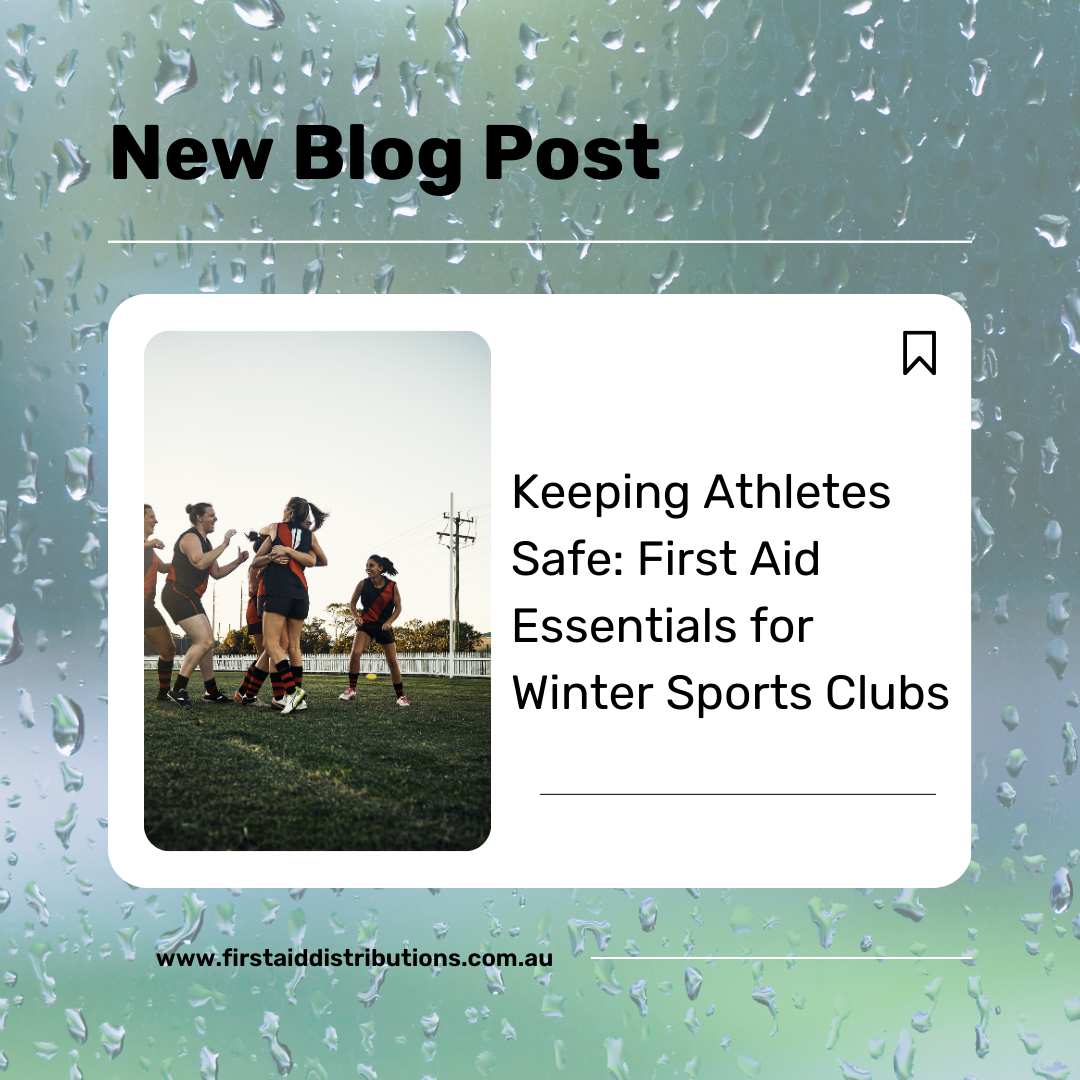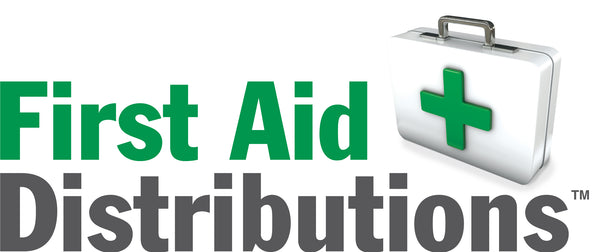FREE FREIGHT AUSTRALIA WIDE FOR ORDERS OVER $200

Keeping Athletes Safe: First Aid Essentials for Winter Sports Clubs
Winter sports season brings a surge of excitement and activity for clubs and teams, but it also increases the risk of sports-related injuries. While the thrill of competition in sports like football, netball, and soccer continues through the cold months, ensuring the safety of athletes is paramount. This blog focuses on key first aid essentials and preventive measures to keep athletes safe and healthy during the winter season.

Understanding Common Winter Sports Injuries
Winter conditions can present unique challenges for outdoor sports. Cold temperatures and potentially wet surfaces increase the risk of injuries such as:
- Sprains and Strains: These are among the most common injuries, occurring when athletes slip or overextend during play.
- Fractures: Hard falls or collisions can lead to broken bones, particularly in high-contact sports.
- Muscle Cramps: Cold weather can lead to tighter muscles, increasing the likelihood of cramps and muscle injuries.
- Hypothermia: In extremely cold conditions, prolonged exposure can lead to serious conditions like hypothermia.
First Aid Preparedness for Clubs
To effectively manage and prevent these injuries, clubs should ensure they have the following in place:
-
First Aid Kits: Clubs should equip themselves with comprehensive first aid kits that include items tailored to treat sports injuries. Essentials include bandages, ice packs, compression wraps, splints, and antiseptic solutions.
-
Warm-Up Routines: Implementing thorough warm-up routines before practices and matches can significantly reduce the risk of muscle and joint injuries. Encourage dynamic stretches and gradual warm-ups that prepare the body for physical exertion in cold conditions.
-
Educational Workshops: Organise workshops with healthcare professionals to educate both players and coaching staff on recognising, managing, and preventing common winter injuries.
-
Proper Gear and Clothing: Ensure all athletes have the appropriate attire for cold weather, including layers that can be adjusted to activity level and conditions to prevent hypothermia and maintain muscle flexibility.

Maintaining Hygiene in Communal Club Areas
Preventing illness is just as important as managing physical injuries. Clubs should:
- Sanitise Frequently Used Areas: Regularly clean and disinfect locker rooms, bathrooms, shared equipment, and other high-touch areas to prevent the spread of germs.
- Promote Good Hygiene Practices: Encourage athletes to wash hands frequently, use hand sanitizer's, and avoid sharing water bottles, towels, and other personal items.
- Monitor Health: Keep an eye on athletes’ health, advising those feeling unwell to rest and recover away from the team to prevent spreading illness.
Winter sports require extra precautions due to unique environmental and physical challenges. By focusing on first aid preparedness and maintaining high hygiene standards, sports clubs can protect their athletes and ensure that the winter season is both safe and competitive. Remember, prevention is just as critical as treatment—keeping athletes well-prepared and informed is key to a successful sports season.
